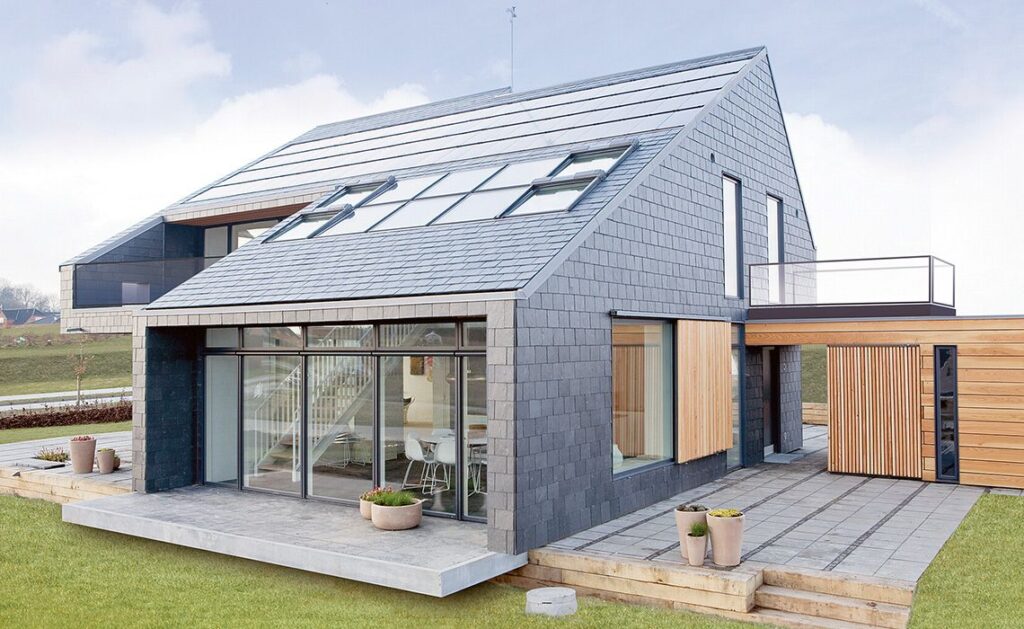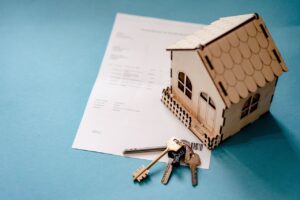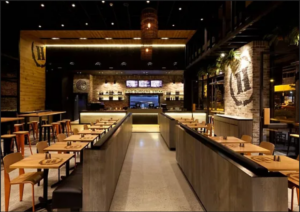
In the bustling city of Alameda, California, Alameda ADU (Accessory Dwelling Units) have gained popularity as a solution to the housing shortage. As homeowners embrace this trend, it’s crucial to consider the environmental impact of the construction materials used.
The Importance of Sustainable Building Materials
When constructing an ADU, the choice of materials plays a significant role in its environmental footprint. Sustainable building materials not only reduce the carbon emissions associated with manufacturing and transportation but also contribute to a healthier living environment. By opting for eco-friendly options, homeowners can minimize their impact on the planet while creating a comfortable and efficient living space.
Reclaimed Wood: Giving New Life to Old Timber
Reclaimed wood is an excellent choice for ADU construction. This material is sourced from old buildings, barns, or even discarded shipping pallets. By repurposing this wood, you reduce the demand for new lumber and prevent valuable resources from ending up in landfills. Reclaimed wood adds character and warmth to your ADU while telling a unique story of its past life.
Insulated Concrete Forms (ICFs): Energy Efficiency at its Best
Insulated Concrete Forms (ICFs) are a cutting-edge building material that combines the strength of concrete with the insulation properties of foam. ICFs consist of two layers of polystyrene foam with a hollow center that is filled with concrete. This system creates a highly insulated and airtight structure, reducing energy consumption for heating and cooling. Additionally, ICFs are fire-resistant and durable, ensuring a long-lasting and safe living environment.
Bamboo: A Rapidly Renewable Resource
Bamboo is a fast-growing grass that has gained popularity as an eco-friendly building material. It reaches maturity in just 3-5 years, making it a highly renewable resource compared to traditional timber. Bamboo is strong, durable, and resistant to pests and moisture. It can be used for flooring, cabinetry, and even structural elements in your ADU. By choosing bamboo, you support sustainable forestry practices and reduce the strain on our planet’s resources.
Green Roofing Options
When it comes to roofing your ADU, there are several eco-friendly options to consider:
· Living Roofs: Also known as green roofs, these feature a layer of vegetation grown on top of a waterproof membrane. Living roofs provide insulation, reduce stormwater runoff, and improve air quality.
· Cool Roofs: These roofs are designed to reflect sunlight and absorb less heat, reducing the cooling load on your ADU. Cool roofs can be made from materials like reflective tiles or coatings.
· Metal Roofs: Made from recycled materials, metal roofs are durable, long-lasting, and recyclable at the end of their lifespan. They also reflect heat, improving energy efficiency.
· Clay Tiles: Natural clay tiles are an eco-friendly option that provides excellent insulation and longevity. They are also recyclable and biodegradable.
Low-VOC Paints and Finishes
When it comes to interior finishes, opt for low-VOC (Volatile Organic Compounds) paints and stains. VOCs are harmful chemicals that can off-gas into the air, compromising indoor air quality. Low-VOC products reduce exposure to these pollutants, creating a healthier living environment. Look for water-based and plant-derived options that are free from toxic solvents.
Recycled and Reclaimed Materials
Incorporating recycled and reclaimed materials into your ADU construction is another way to reduce environmental impact. From recycled glass countertops to reclaimed brick walls, there are countless opportunities to give new life to old materials. By sourcing these items locally, you also reduce the carbon footprint associated with transportation.
Building an eco-friendly ADU in Alameda requires careful consideration of construction materials. By choosing sustainable options like reclaimed wood, insulated concrete forms, bamboo, green roofing, low-VOC finishes, and recycled materials, homeowners can create a comfortable and efficient living space while minimizing their environmental impact. As the demand for housing continues to grow, embracing eco-friendly construction practices is crucial for a sustainable future.







